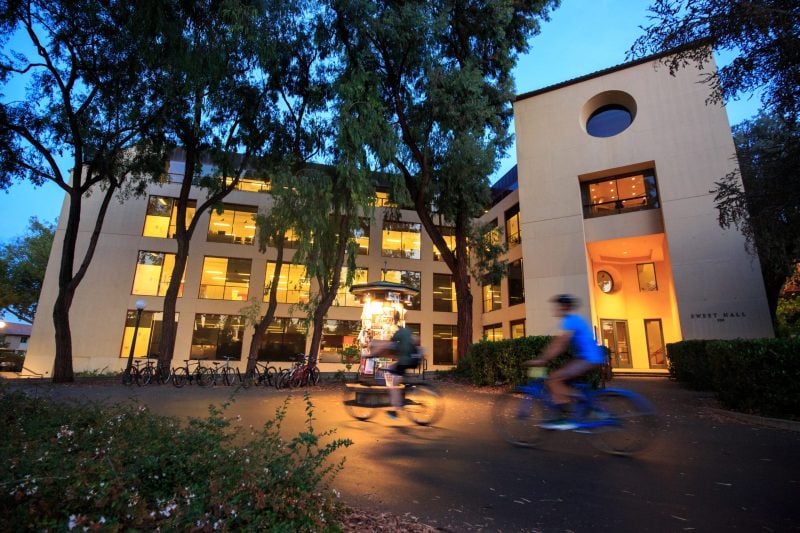You might not believe that scientists need to be solid communicators in order to succeed in their fields, but the proponents of a Notation in Science Communication (NSC) might make you rethink that.
NSC, a Stanford’s mini-minor program, provides students with events, seminars and projects that improve their delivery of information to both technical, and non-knowledgeable audiences.
While the Notation in Science Communication can be started as early as frosh year — either by applying in the fall or spring — it is a flexible time commitment, and its completion requires, on average, one year, according to NSC coordinator Emily Polk. The deadline to apply for the NSC is Oct. 25 for the fall 2021 cycle.
Tanvi Dutta Gupta ’23 said she is excited about the program’s offerings and impact on her career readiness. According to Dutta Gupta, the class challenged her to practice science communication in different mediums. She deemed the course life-changing and one that helped her become a better person and a scientist.
“The intro class for the NSC, [“PWR 91NSC: Introduction to Science Communication”], which I took fall 2020, was not only one of my favorite classes from Zoom school, but maybe one of the most valuable classes I’ve taken at Stanford,” she said.
Dutta Gupta also admired another feature of the notation: “The portfolio I generate from the NSC will be invaluable for sending to organizations as I apply for jobs in the future, especially communication-oriented jobs.”
Advanced lecturer Jennifer Stonaker, who teaches PWR 91NSC, said that NSC’s 2013 launch was in response to students’ desires to advance their communication skills beyond PWR 1 and 2. Though there are no prerequisites for those interested in the NSC, Polk added that students may find it helpful to complete PWR 1 before starting the notation.
According to both Polk and Stonaker, there is no restriction on what majors can join the program — anyone with an interest in science and technology is welcome to apply.
Once the notation is completed, it will show up on students’ transcripts. Students must take 10 to 14 units worth of courses to complete the NSC. In addition, Stonaker said that participating students graduate with a unique and special portfolio that “is an embodiment of what it means for them to be a science communicator.”
She said that this is a highlight of the program: The students have full independence in creating their portfolio, which has potential to help them secure future research and job opportunities. Polk agreed, adding that the notation’s students create “a wonderful, accepting, and inclusive community” — another aspect that she credits makes the program worth considering.
For Trevor Cambron ’23, who is considering pursuing a career in research, the program has been more interesting than what he initially imagined. One of his classes, PWR 91NSC, taught by Polk, allowed him to reflect a lot on scientific biases.
Cambron added that understanding these biases “is an important perspective to take early on in a scientific career to kind of find your own blind spots, and see how your worldview and where you were raised influences the kind of questions you’re asking and the way you’re interpreting some evidence.”
On the other hand, Evan Baldonado ’23, is still figuring out how the notation might help him after college. He said that “the NSC is an excellent way to bring an interdisciplinary lens to STEM.” What pushed him to apply to the program were “his interests both within and outside of STEM.”
Baldonado said his experience with the notation has been enjoyable so far, particularly due to the people he got a chance to meet.
“I feel supported both inside and outside the classroom by the NSC community,” he said.
